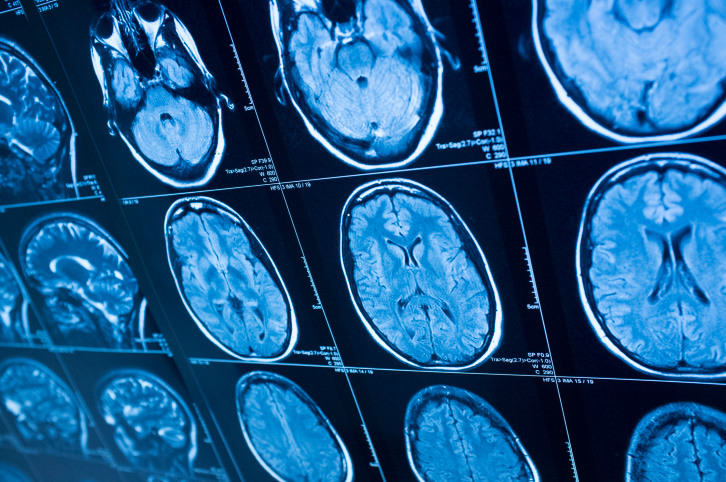Treatment of most severe strokes, those caused by blockage of a large vessel in the brain, is on the verge of changing in fundamental ways, says Dr. Tudor Jovin, director of UPMC Stroke Institute and director of UPMC Center for Neuroendovascular Therapy. In addition to administering clot busting drugs, doctors could soon be routinely using a catheter to grab and remove clots blocking large brain blood vessels, restoring blood flow and preventing further stroke damage.
 According to a study of 500 stroke patients with proven large vessel blockage conducted in the Netherlands and published in the New England Journal of Medicine this week, 19 percent of those treated solely with the clot-buster drug tPA recovered to function independently at home. But nearly 33 percent of patients whose clots were removed returned to independent living.
According to a study of 500 stroke patients with proven large vessel blockage conducted in the Netherlands and published in the New England Journal of Medicine this week, 19 percent of those treated solely with the clot-buster drug tPA recovered to function independently at home. But nearly 33 percent of patients whose clots were removed returned to independent living.
“It’s the first time that clot-removal techniques have been shown to dramatically improve stroke outcome, and we are delighted with these promising findings,” Dr. Jovin said. “At UPMC, we have been leading enrollers in two multicenter trials testing a similar approach and we hope these studies will also find this treatment beneficial.”
When a person with a possible stroke arrives at the emergency room at UPMC Presbyterian, Mercy or Shadyside, the stroke team is notified immediately and an imaging study is performed. Since there is ample evidence that better outcomes are strongly correlated to rapid intervention, systems of care at these hospitals are geared towards evaluation and treatment within the shortest possible time frame. If there is a blood clot in a large vessel, there’s no bleeding and the brain hasn’t been damaged beyond repair, the patient is taken to the neuro-endovascular suite. A catheter is inserted into a groin blood vessel and threaded to the blocked brain blood vessel to remove the clot, either with a device similar to the ones used in the Dutch study or by manually suctioning it out, a technique pioneered by UPMC doctors.
“We’ve got a well-oiled machine when it comes to stroke care,” Dr. Jovin says. “And thanks to telemedicine, we can seamlessly get medical information and brain scans of patients who are transported to us from other hospitals, allowing us to take them directly to the neuro-endovascular suite, if appropriate, for quick intervention.”
He added UPMC’s neuro-endovascular program treats more than 150 stroke patients annually, a volume achieved by only a handful of other stroke centers in the world.








